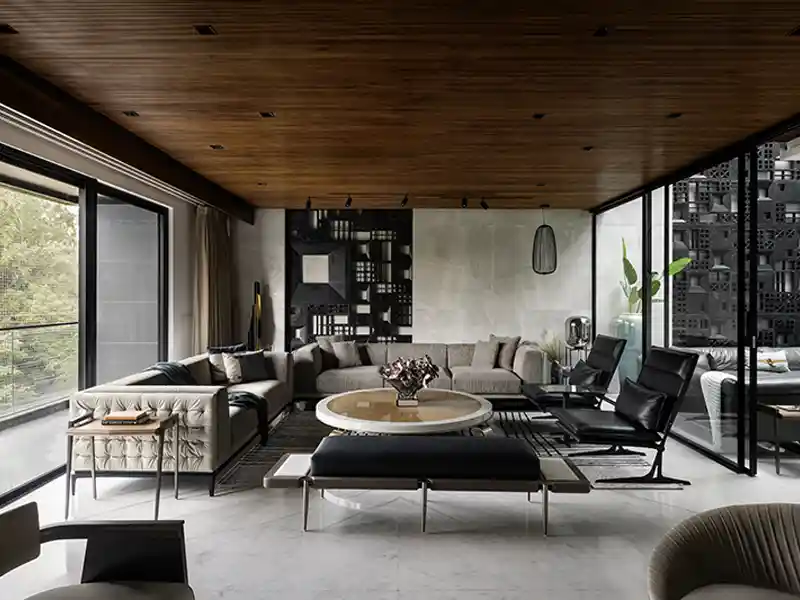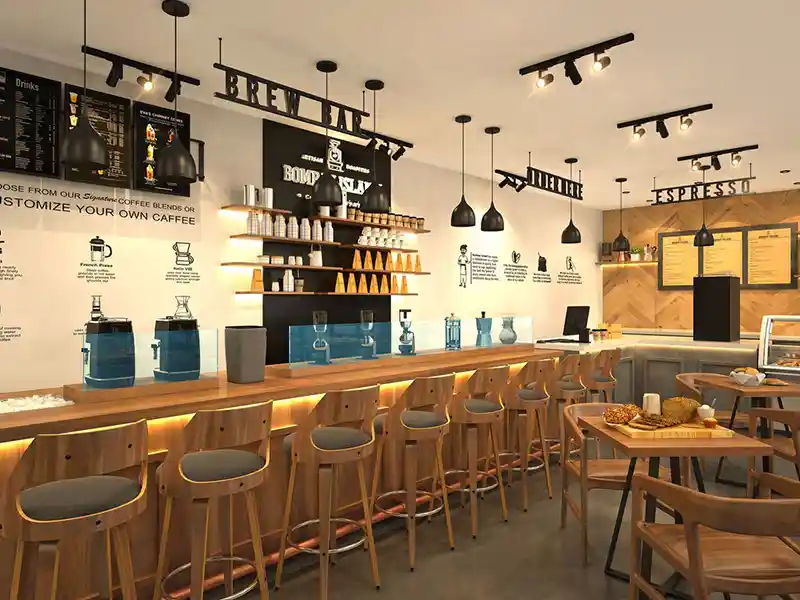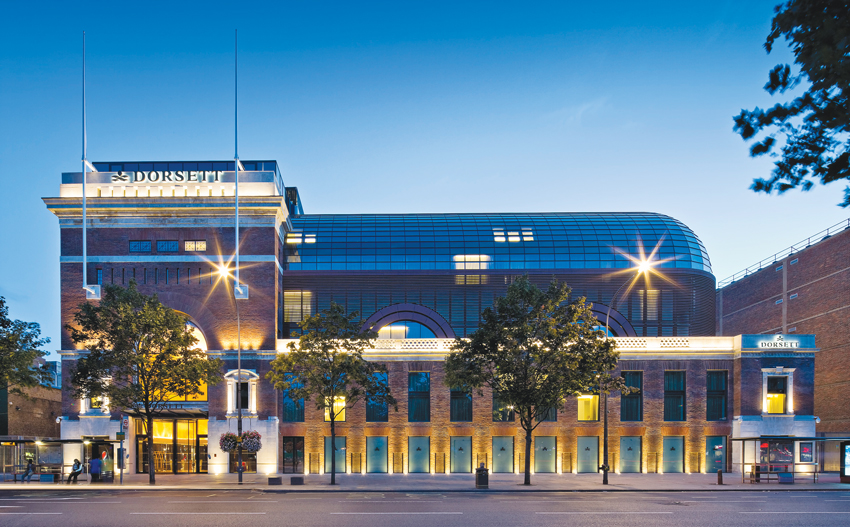
| At a glance: | |
| Projects: | Shepherds Bush Pavilion |
| Location: | London, UK |
| Architect: | Flanagan Lawrence |
| Lead Architect: | Jason Flanagan |
| Area: | 15,135 m2 |
| Client: | Dorsett / Kosmopolitan Hotels |
| Contractor: | Ardmore |
| Structural Engineer: | Expedition Engineering & URS |
| M&E Engineer: | McBains Cooper & Malachi Walsh |
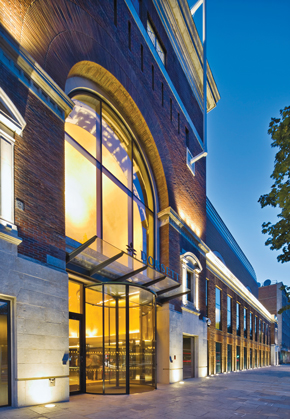
Completed to budget in July 2014, Flanagan Lawrence has unlocked the future potential of Shepherd's Bush Pavilion, complementing its form and reinforcing its original spirit. This solution achieves a careful balance between old and new, mooring the projects' pivotal position in Shepherd's Bush, a catalyst for the continuing regeneration of the area.
The building was originally designed by Frank Verity and was awarded the RIBA Award for the best London facade. After heavy damage caused by a V1 flying bomb during World War II, the building was vacant until 1955 when it was restored and reopened as a bingo hall. Before the recent redevelopment of the building into a hotel, the building had been in disuse for over a decade and had fallen into a state of disrepair. While the front elevation maintained much of its original design intent, the interiors and the rear façade had been extensively added to and adapted over its lifetime.
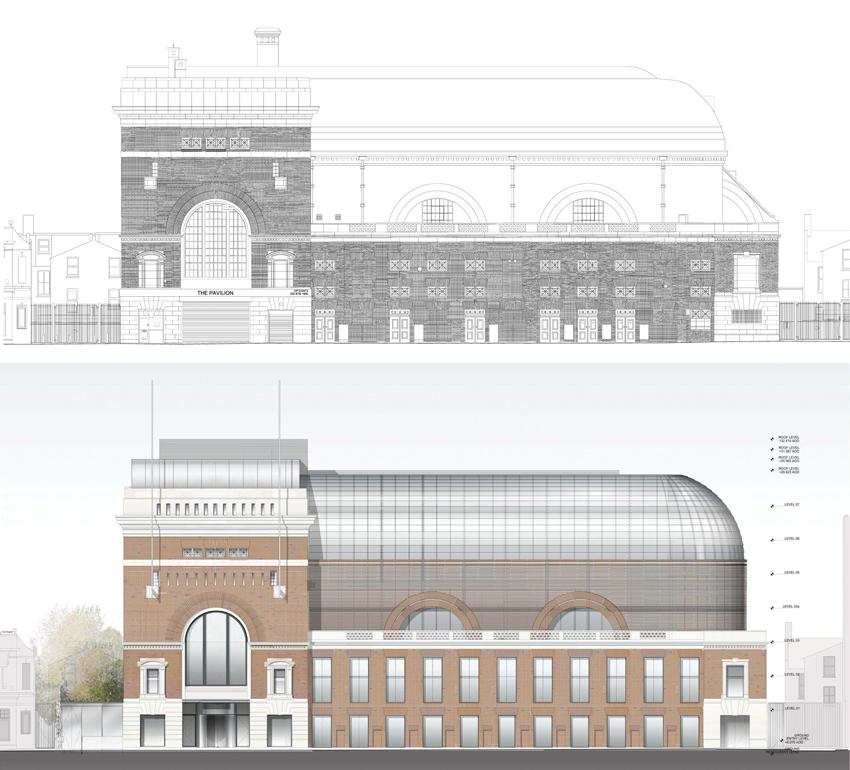
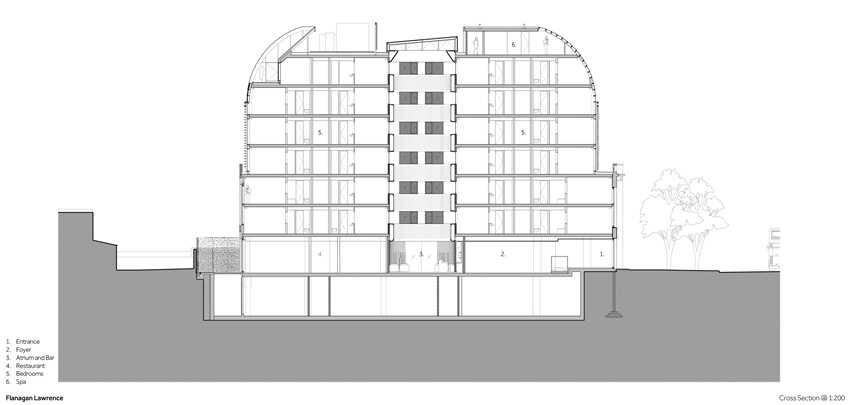
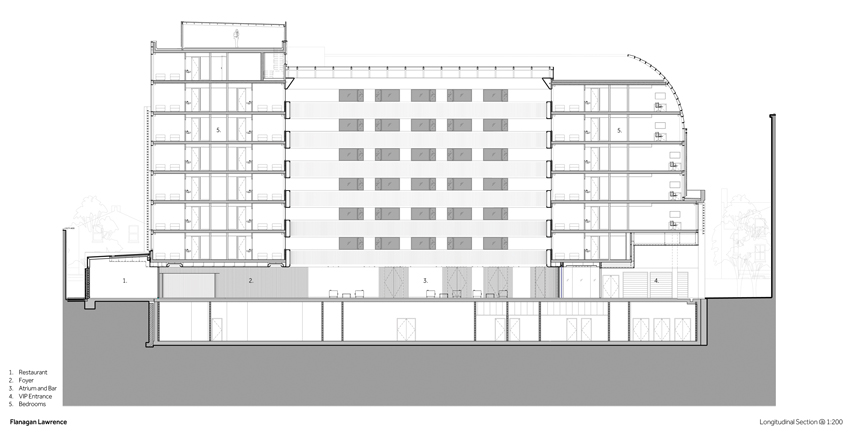
Transformation Brief
The proposal to convert this dilapidated building into a new 4 star hotel presented an ideal opportunity to give a much loved, but neglected building a new lease of life while revitalising and securing the retention of this important heritage asset and landmark on the Green.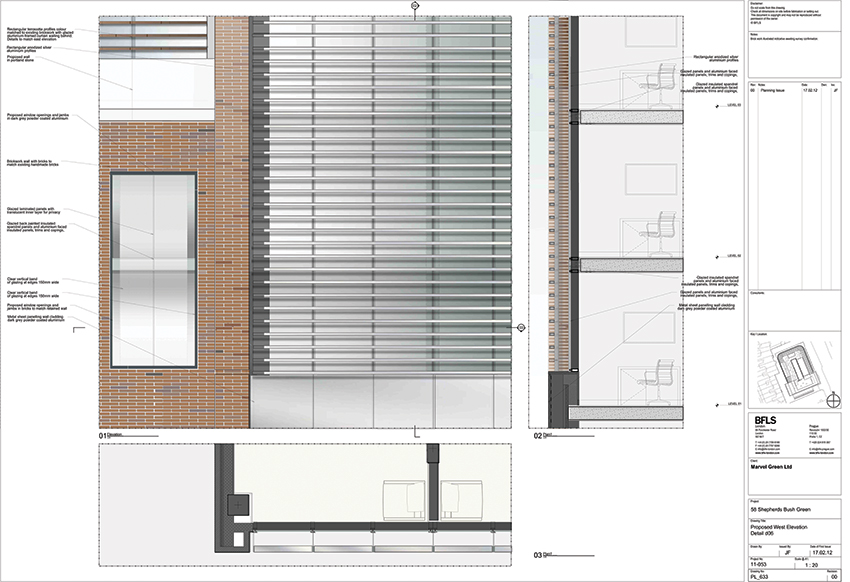
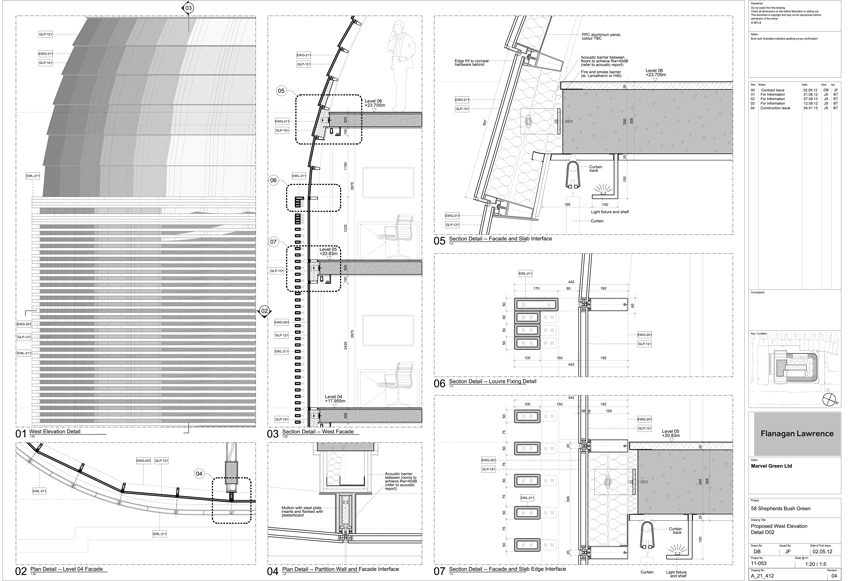
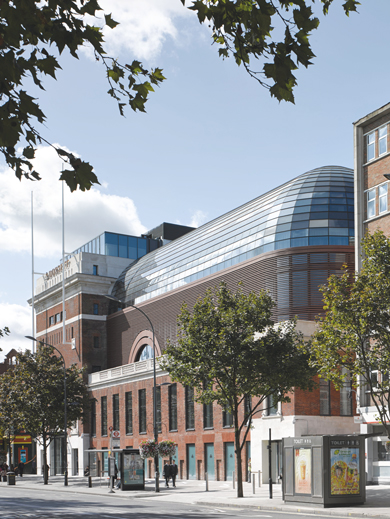
Design Concept
The design concept was derived from a detailed understanding of the building's history and context and the result is a contemporary response that complements and refines the original character of the building. The final scheme retains the original award-winning brick façade, with minor alterations to ensure natural light within the hotel rooms behind, and recreates the original roof form with modern materials. The use of glazed 'shingles' as opposed to the original use of metal shingles, while following the original curved profile, again allows light within the upper floors of the scheme, which previously would have been un-usable space.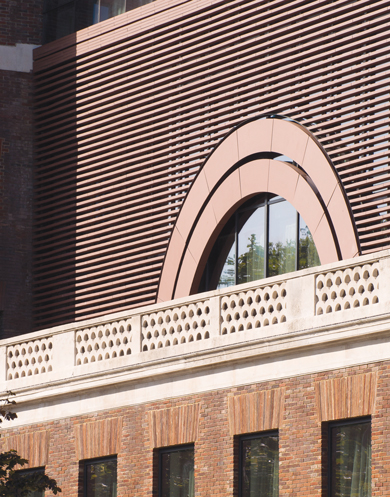
To incorporate the new functions, the interiors of the building were mainly removed. The new interior architectural sequence is based on the hierarchy of space in the original design and begins with the triumphal arch, which has been formed as a quarter dome to mirror the form of the corners of the external roof. This leads into a lower foyer, arranged in a similar configuration to the original cinema foyer, including a reference to the original circular floor decoration. The theme of the golden age of cinema is picked up in a series of art deco inspired curved roof vaults in the foyer space, with vertical circulation to the upper bedroom floors located in a similar position to the original circulation core at the west end of the 'tower'. The atrium is the real surprise; opening off the foyer, it rises to the full height of the building to create an impressive focal point for the hotel.
Drawing on the influence of Art Deco cinema design, the foyer and atrium spaces employ simple curved surfaces in alternating bands of black and gold. The internally illuminated spandrel panels also minimise sound reverberation. At ground floor level, dark- stained, ribbed timber panelling and heavy curtains serve a similar purpose. The honey-coloured limestone floor is inlaid with brass, in two simple decorative elements. In the main reception, view of atrium brass strips form a series of concentric circles at the centre of the space, which are reflected in a ceiling coffer above, while in the atrium, the bands define the circulation route from the reception through to the atrium bar.
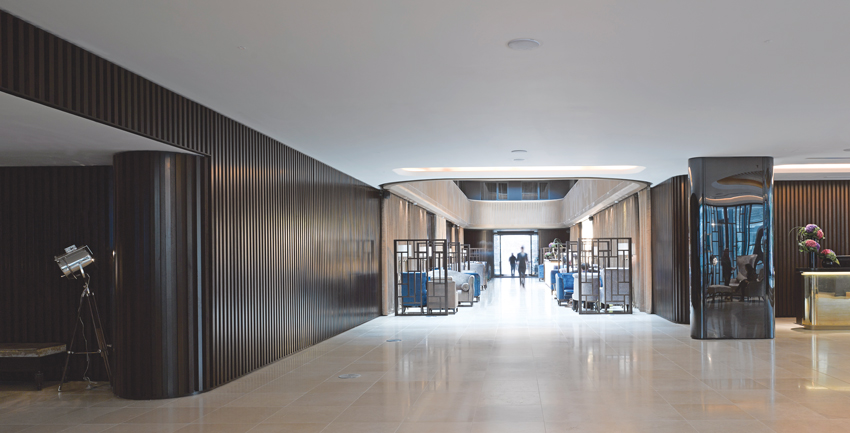

New life with New Uses
The conversion and revitalisation of the building exemplifies good practice in managing to maintain the historic asset through the injection of new life and purpose. The conversion not only saved existing building stock within the townscape, it also extended the life of the building through the inclusion of new building materials and a new sustainable use. This new hotel use was acknowledged by the Local Planning Authority to be one of the few sustainable uses for the existing building, with the original uses being seen as not economically viable.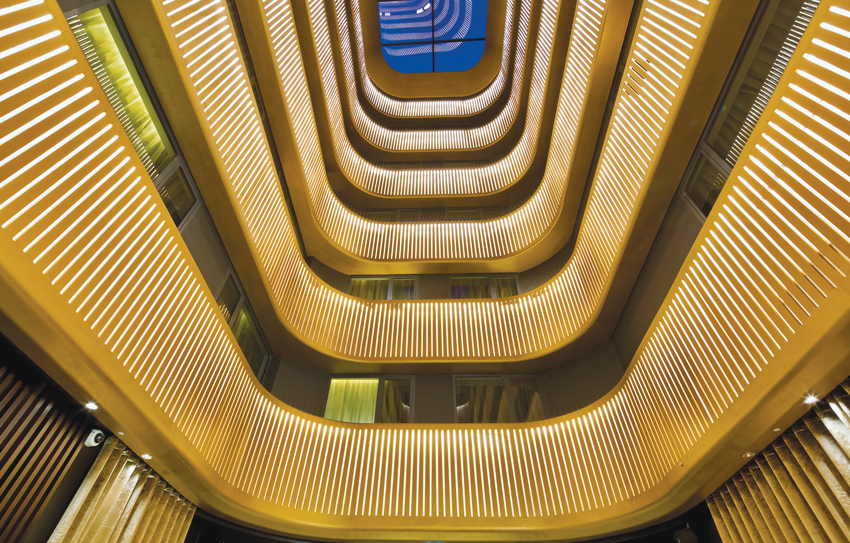
The scheme also forms part of the overall regeneration and resurgence of Shepherds Bush generally and builds on the upgrading works of the nearby station, Westfield and indeed the green itself, all contributing to the overall sustainability of the Shepherds Bush community and providing a new source of revenue – Tourism. The hotel development has also been the catalyst for the re-development of the adjacent Walkabout pub.
The street frontage which was boarded up for over a decade has been revitalised through the inclusion of two restaurants on ground floor. This activity provides a new space for the local community and tourists alike to meet whilst providing a destination and focal point for the Green. In both construction and in operation, the hotel has also generated increased local employment, with circa 90 staff operating in the hotel at any one point on a shift basis.
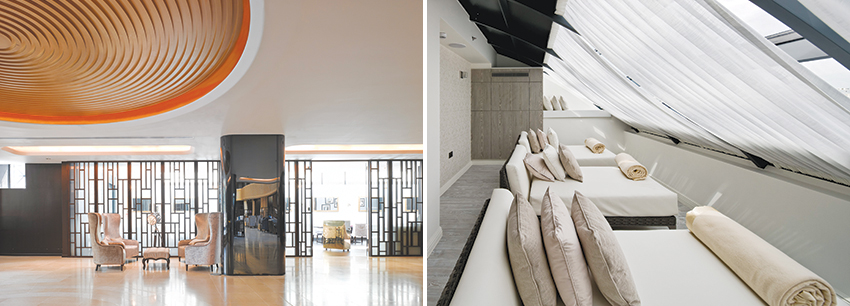
Sustainable Inclusions
In addition to the social and economic sustainability of the new hotel, the overall environmental performance of the building was increased as much as possible through the inclusion of new, energy efficient plant and services generally throughout the building. The thermal performance of the existing and new building fabric was substantially improved through the inclusion of additional insulation to the brick facades, high performance glazing and solar shading and improved air permeability.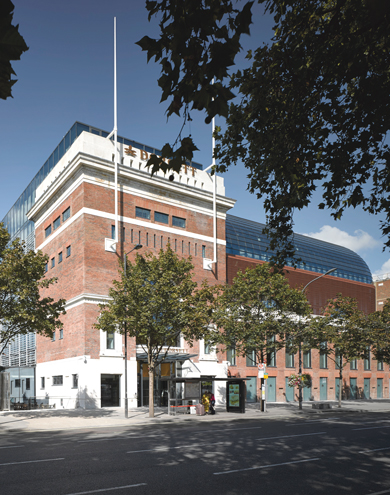
This inclusive environment is established through a number of inclusions/adaptions to the building. The first being step-free access into and through the building itself. Automatic pass doors are provided at the main entrance, with discreet internal ramps being included where a change in level was unavoidable. The existing main entrance arch suitably identifies the main entrance through the architecture, where a canopy has been provided for protection to users. Lighting also assists with way finding around the site. Coach drop off and two disabled parking bays are provided at the secondary entrance to the building, where level access is provided directly into the building.
Internally, accessible Lifts are provided to all floors and all corridors and staircases are designed to ensure ease of use to all users. A number of fully accessible rooms have been provided within the hotel, and these rooms have been positioned across all floors of the building and in all orientations, hence providing a choice for users. Within these accessible rooms, options are provided on the bathroom accommodation, i.e. bath, showers and / or hoists, as well as with the handing of the room to ensure all users can be catered for. In addition to these, a number of rooms have been identified for future conversion into accessible rooms if the demand be sufficient. The ground floor of the hotel is also open to the public, with a restaurant and bar in the lobby area. This increases the accessibility of the unique heritage asset to the general public.
Shepherd's Bush Pavilion achieves the retention and re-use of a long term vacant listed building for a purpose which promotes the vitality and viability of Shepherds Bush Town Centre. Ideally located in the centre of the boroughs' redevelopment and adjacent to the popular O2 Empire concert venue, functioning as a hotel is both an economically viable venture as well as a catalyst for the project to attract both local visitors and international tourists to Shepherd's Bush.









